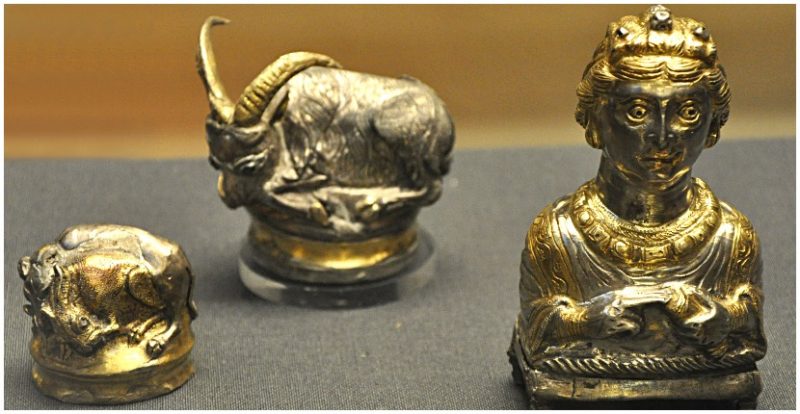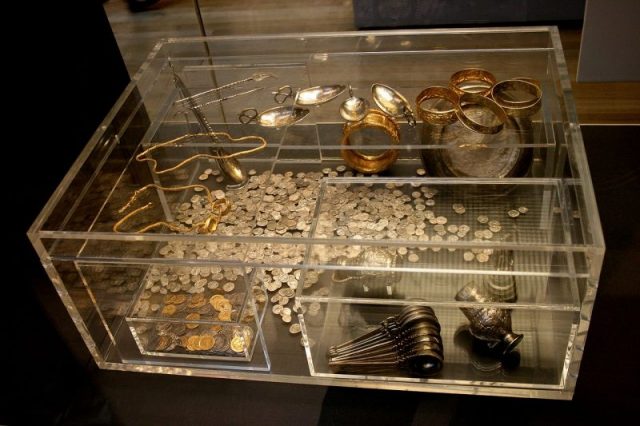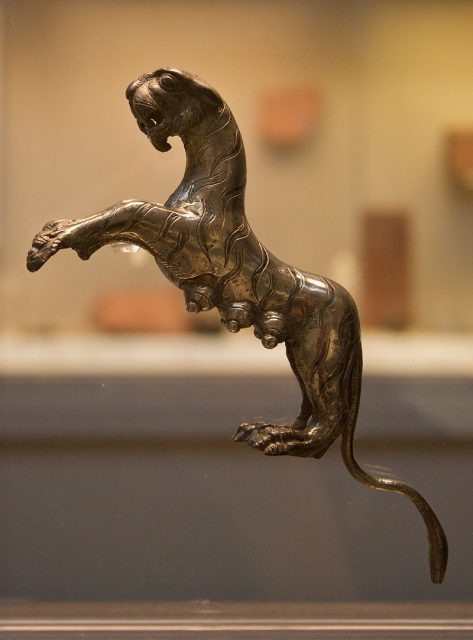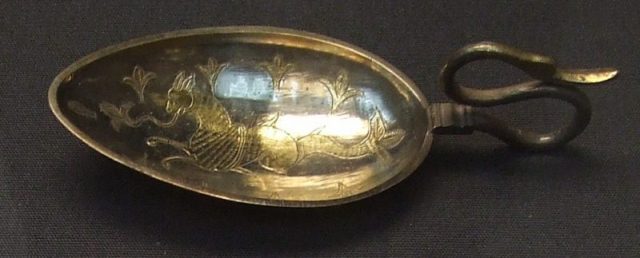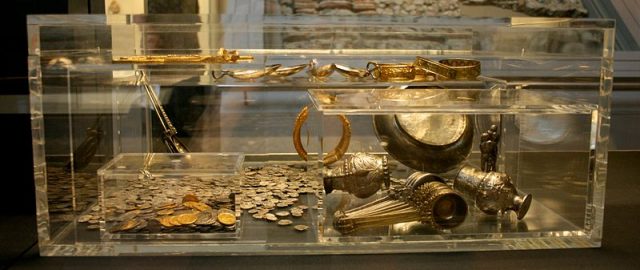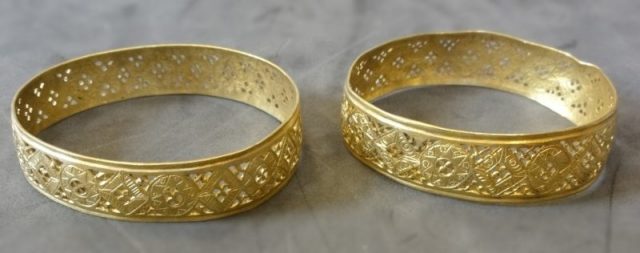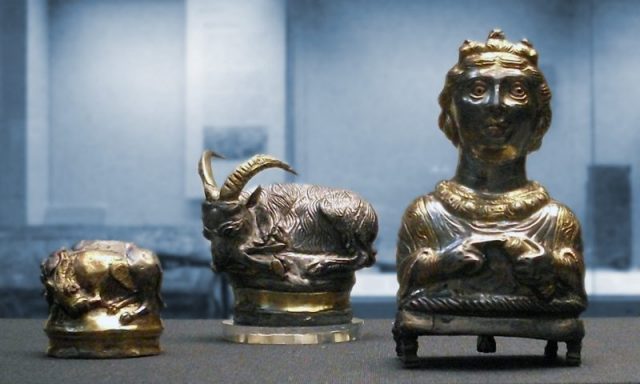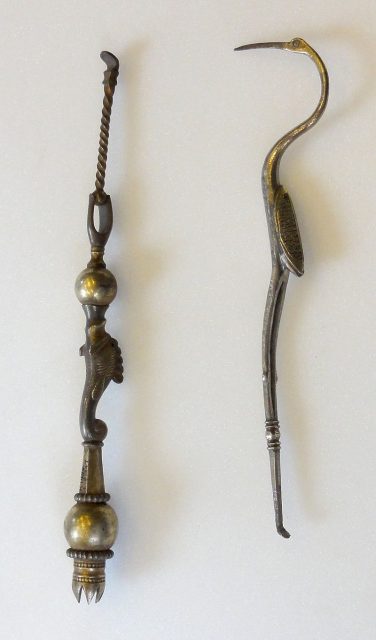Written and directed by Andy Vallentine, co-written by Danny Kish, based on the real love letters written by Gilbert Bradley to his sweetheart, Gordon Bowsher during WWII. The letters were uncovered in 2017 and represent the largest known collection LGBTQ love letters from that time period, documenting the two men and their fight to keep their love alive in the face of war and loss. Starring: Garrett Clayton and Matthew Postlethwaite.

Something that’s clear immediately jumping into The Letter Men is how great it is to see the 1940s framed by queer romance. Stories that are most often told in the modern world, with gay cinema still working its way into the mainstream today, showing again the importance of exploring the history of the LGBTQ+ community. It’s a sweet story and shows the power of love and how it can keep us going even in truly harrowing moments. It also delves into why there’s so few of these letters left, queer people being so afraid of facing homophobia, the resulting violence and being ostracised, that these tender mementos were habitually destroyed. Another reminder of the constant sacrifices made by the gay community throughout history in the name of safety.

However, the film leans very heavily into its romantic air, to the point that it becomes distracted. It’s trying so hard to expand the size of its production that it takes away from the story. It takes on a highly theatrical style, attempting to bring to life the contents of the letters, but trying to mix the severity of war with their romance is extremely difficult to pull off. Unfortunately, it doesn’t feel entirely successful, with the story being so intimate, and the tone being overtly sentimental, it can’t come to terms with the violent and dangerous themes of war. It also feels like its time was used fairly sparingly, more could have been explored.

A mix of recreations and recitations are used to bring these letters to life, and both with mixed success. The moments where Garrett Clayton and Matthew Postlethwaite are together are sweet and touching, they have a great chemistry right from the start. The film quickly shifts focus onto Matthew Postlethwaite’s Gordon, providing most of the dialogue, which surprisingly doesn’t feel one sided given that they still share the screen. However, Postlethwaite’s delivery of the letter leaves a little to be desired, the emotion is there but it lacks a crisp, clear pronunciation. Being set in the 1940s, you’d imagine a Siegfried Sᴀssoon-esque delivery; a bold, deep and affecting voice but Postlethwaite can’t quite tap into that. Some of the recreations are also edited together in a romantic montage style which feels unoriginal, skipping from one to the next rather than lingering to let their connection land.

The Letter Men is helplessly romantic, capturing a tender relationship in a time where little was sweet. It’s another great example of the importance of exploring queer history, and not just keeping it squarely in the modern age. It shows the fear that gay people faced, the frantic ways in which they tried to hide their love but also how that love saw them through a terrible time in their lives, and gave them something to hope for. It unfortunately puts too much focus on the theatrics, going big rather than reflecting the intimate nature of the story, and getting side-tracked. It also can’t quite balance the darkness and danger of war with the sentimental nature to its style. Regardless, it’s a lovely change of pace to see a queer story set in the 1940s, especially when it’s true.
A Farmer’s Misplaced Hammer Led to the Largest Roman Treasure in Britain
